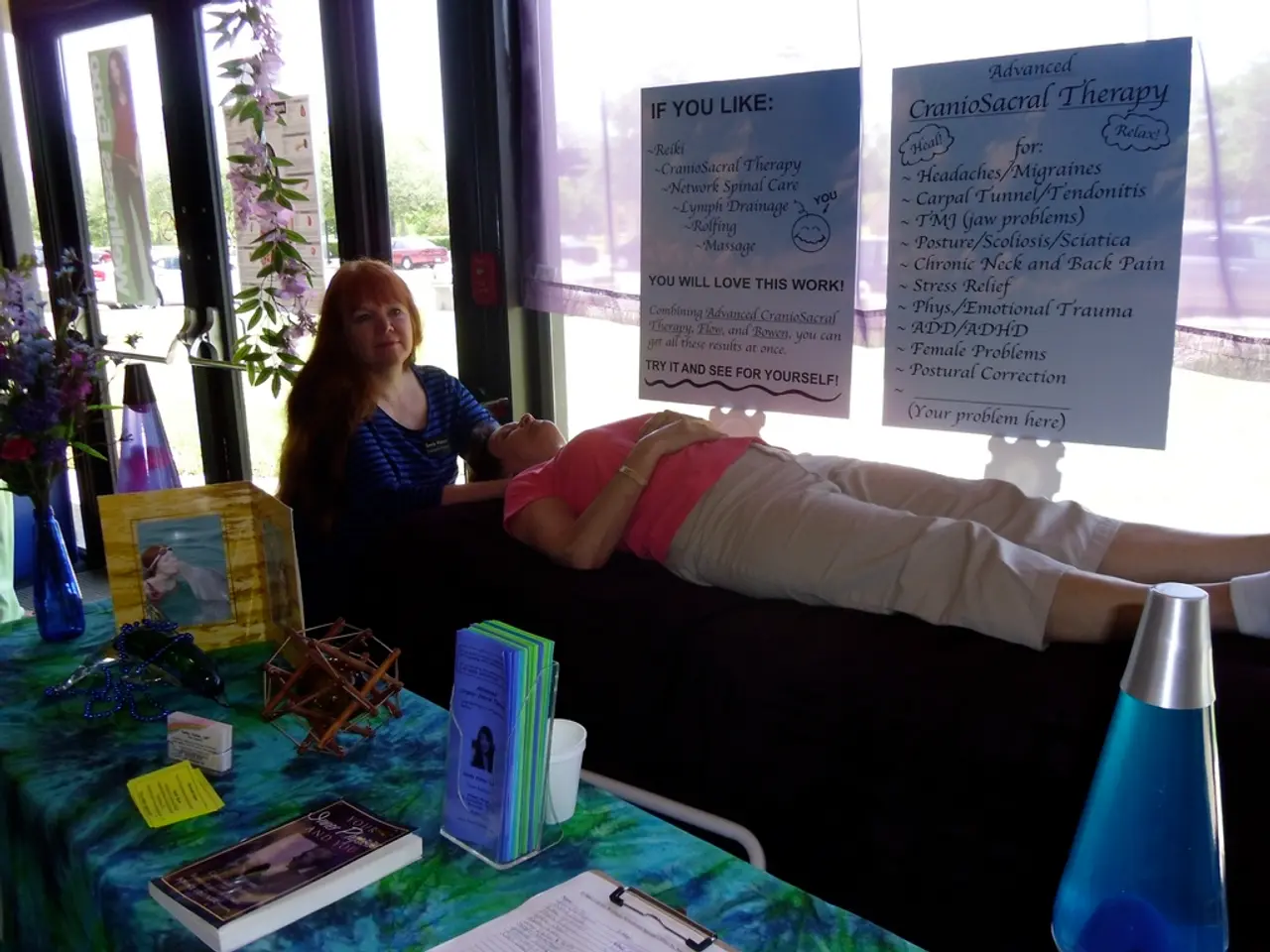Experimental findings suggest a higher prevalence of hallucinations and delusions than previouslyestimated.
In a groundbreaking study, researchers have shed light on the prevalence and nature of hallucinations and delusions, experiences that are more common than previously thought in the general population. Dr. John McGrath, a professor at the Queensland Brain Institute, has been exploring why some individuals experience transient hallucinations while others develop chronic conditions associated with psychotic disorders like schizophrenia.
### Prevalence of Transient Psychotic-Like Experiences
The study, published in JAMA Psychiatry, encompassed data from over 31,000 people across 19 countries. The findings suggest a more nuanced reality, indicating that many individuals who report these experiences do not meet the criteria for any psychiatric disorder. Transient psychotic-like experiences, which include hallucinations and delusions, are estimated to occur in approximately 5 to 10 percent of the general population.
### Demographic Differences
The study also revealed some interesting demographic patterns. For instance, auditory hallucinations were found to be more common in women than in men. Age also plays a role, with schizophrenia and related psychotic disorders often diagnosed in young adults, typically manifesting earlier in men (ages 18 to 25) compared to women (ages 25 to 30).
Individuals living in urban areas are about twice as likely to develop psychosis compared to rural residents. This increased risk is thought to be due to stressors such as overcrowding, social isolation, and pollution. Migrants and racial minorities, particularly Black individuals in Western countries, have higher documented rates of psychosis. This disparity may reflect systemic factors like racism, social exclusion, and potential biases in clinical diagnosis.
### Potential Causes of Hallucinations and Delusions
The study suggests that a combination of biological, environmental, and psychological factors could be at play. Biological factors, such as genetic predisposition, play a significant role in disorders like schizophrenia. Environmental stressors, adverse social conditions, and experiences of discrimination can trigger or exacerbate psychotic symptoms. Severe stress or trauma can also precipitate transient psychotic experiences even in individuals without a chronic psychiatric disorder.
### Implications and Future Research
Recognizing that hallucinations and delusions can occur in the general population without indicating a severe mental disorder has profound implications. Early detection of such phenomena might encourage individuals to seek help without fearing immediate labeling or diagnosis. Understanding these mechanisms could pave the way for early interventions and targeted therapies.
By acknowledging the prevalence of these experiences, society can foster a more compassionate and understanding approach to mental health. The study's findings underscore the need for further research to better understand the complex interplay of factors contributing to these experiences and to develop effective interventions for those who may need them.
Science has uncovered the prevalence of hallucinations and delusions, often referred to as transient psychotic-like experiences, in approximately 5 to 10 percent of the general population. This revelation comes from a comprehensive study on mental health and health-and-wellness, published in JAMA Psychiatry. The researchers suggest that a combination of biological, environmental, and psychological factors might be responsible for these experiences in the general population.




